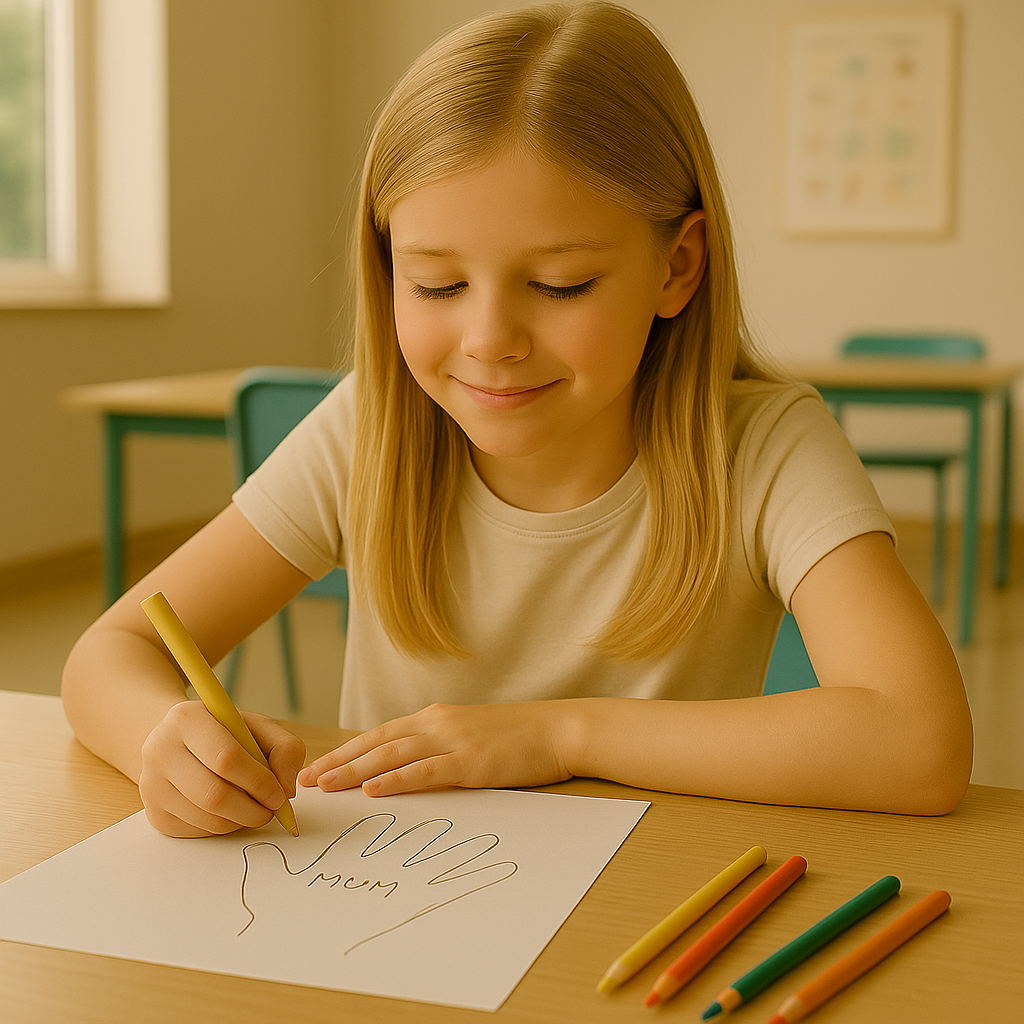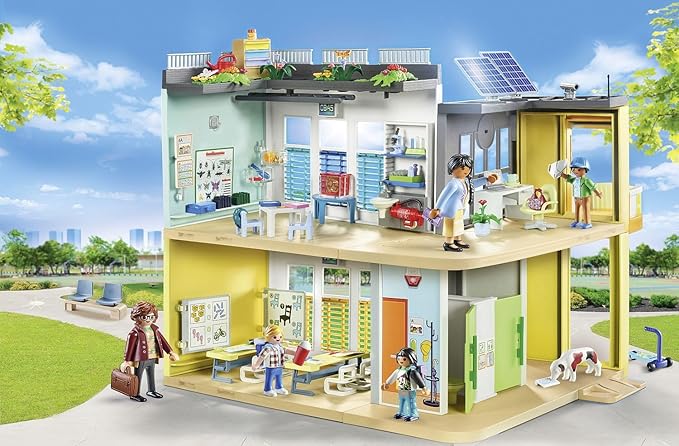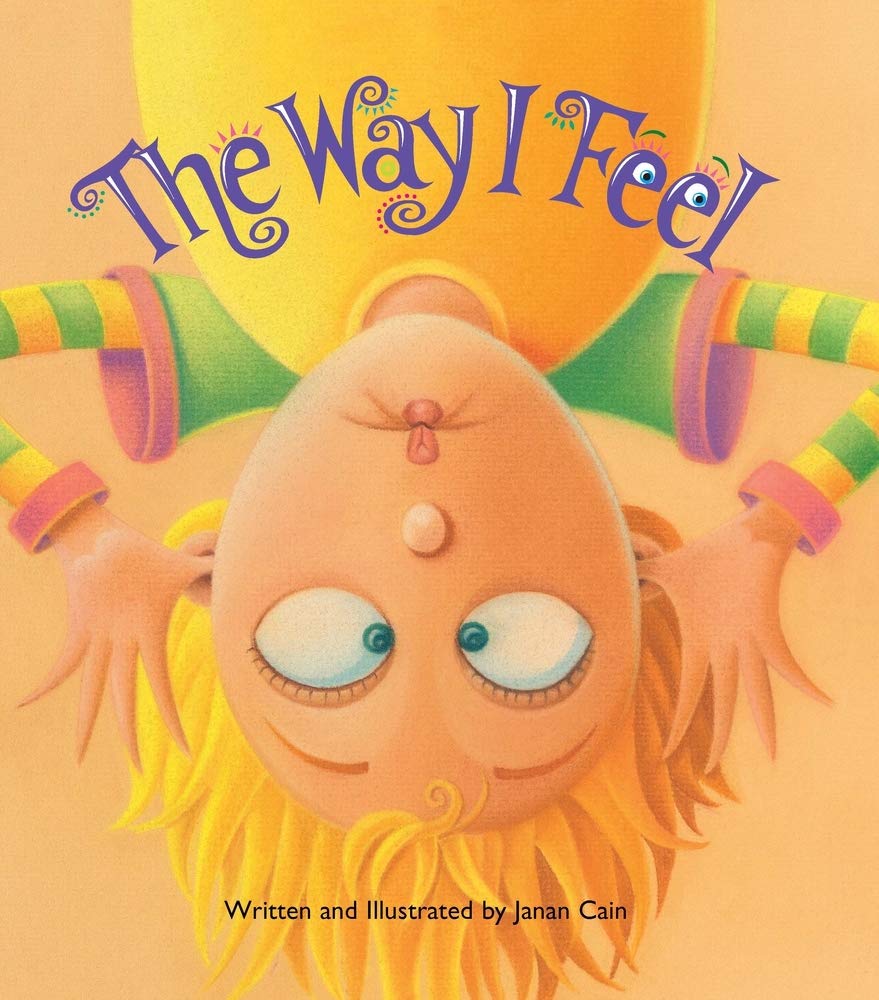Improve your child's self-esteem through play
The games described below are adaptations of techniques used in play therapy. Parents can carry out these activities at home if they notice their child showing specific signs of changes in their self-esteem or just to boost their general self-esteem. However, if the child’s behavior is particularly irregular or cause for concern, it’s always advisable to consult a professional.
GAME 1: THE BLIND SELF
Benefits: Helps the child recognize and value the positive aspects of themselves.
Participants: The child and an adult (could be mom, dad, grandma, aunt, etc.).
Recommended Age: From 9 years old.
Explanation of the game:
- Mom can’t see:
Imagine that mom (or the participating adult) cannot see. The child, whom we will call Daniel, must describe himself in detail so mom can visualize how he looks. Mom closes her eyes and asks Daniel to describe himself.
When Daniel provides an initial description, mom will ask questions focused on positive aspects, such as:
- What do you like most about your appearance?
- Which aspect of your personality do you like the most?
- What do your friends appreciate the most about you?
- What do you think is your biggest talent or skill?
- Is there a quality you feel makes you unique?
- What achievement has made you feel the proudest about yourself?
- What activity or hobby makes you feel the happiest or most fulfilled?
- In which situations do you feel most confident?
- Is there something particular you like doing to help others?
- What do the teachers or adults around you compliment you on the most?
If Daniel hesitates in answering or gives a negative response (like “There’s nothing I like about my personality”), mom can encourage him to provide an answer, explaining that, since she can’t see him, she needs to imagine him in her mind.
- Daniel can’t see:
At the end of the first part, where mom pretends she can’t see, Daniel is asked to close his eyes and imagine he has never seen himself. Then, mom provides a detailed description of Daniel, focusing on his positive aspects.
For example: “Daniel has bright eyes that always show curiosity and joy. His hair, sometimes messy, gives him the look of an adventurer ready to discover new things. His smile is wide and contagious, and every time he smiles, it lights up the room. Also, Daniel is very kind and always ready to help others. He is a child who stands out for his kindness and joy.”
Notes:
- Emphasis on fun: It’s important to maintain the fun essence during the activity. The primary objective is for the child to enjoy the moment and feel comfortable participating. The game should not feel like a task or an obligation, but an opportunity to explore and enjoy.
- Difference between therapeutic and family contexts: In a professional therapeutic setting, it’s typical and essential to address and analyze thoughts or ideas that might be negative or irrational. These discussions are led by trained experts who assist the child in processing and understanding these thoughts. However, when the game takes place at home, the primary purpose is to enhance the child’s self-esteem. Therefore, it’s better to focus on highlighting their positive qualities and avoid a detailed analysis of negative or irrational thoughts.
GAME 2: SIMON SAYS
Benefits: “Simon Says” is a game that helps the child reinforce their perception of control over their environment, increasing their confidence and self-esteem. Learning to take turns and follow instructions enhances their social skills and fosters their capacity for cooperation, both of which are key elements for developing solid self-esteem. As the child experiences success and recognition in the game, their self-worth is boosted, resulting in greater confidence and security in various situations of their daily life.
Participants: A minimum of three participants is required. These can be children (such as siblings, cousins, or friends) or adults.
Recommended Age: From 4 years old.
Game Description: Daniel assumes the role of Simon, and the other players line up in front of him. Daniel gives instructions that the other players must follow, always beginning with the phrase “Simon says…” For example, “Simon says everyone jump 3 times,” and all players should jump three times. If Daniel omits saying “Simon says” at the beginning of the instruction, the other players must ignore it.
Elimination Rules:
A player who follows an instruction without the “Simon says” prefix is eliminated.
A player who misses an instruction with the “Simon says” prefix is also eliminated.
The winning player gets to be Simon in the next round.
GAME 3: THE BEST OF ME
Benefits: This game aims to improve the child’s perception of themselves. “The Best of Me” facilitates positive self-reflection, allowing the child to recognize and value their own qualities and achievements. By sharing these qualities with others, the child receives external validation, strengthening their self-esteem. Additionally, by focusing on positive aspects, optimistic thinking is encouraged, while interaction with other participants promotes a sense of belonging and acceptance.
Participants: A minimum of two people is required, but the game can be adapted for larger groups. Players can be both children and adults (parents, teachers, aunts, professors, etc.).
Recommended Age: From 9 years old.
Game Description:
- Complete the questionnaire: Each player fills out a questionnaire highlighting their strengths. The items of the questionnaire are set by the mother or the responsible adult planning the game.
Questionnaire example:
My favorite subject is …………………………
My favorite sport is …………………………
I help at home by …………………………
The memory I value the most is …………………………
My favorite hobby is …………………………
My greatest achievement so far is …………………………
A skill I have is …………………………
My favorite food is …………………………
The book I liked the most is …………………………
A song that makes me feel good is …………………………
My favorite movie or series is …………………………
Something that always makes me laugh is …………………………
A place where I feel calm is …………………………
A friend or relative who inspires me is …………………………
One thing I’ve learned recently is …………………………
My favorite animal is …………………………
A time when I was very proud of myself was …………………………
A goal I have for the future is …………………………
2. Guess answers: After completing the questionnaires, a round begins where players try to guess the positive answers of the other participants.
Pair mode: Each player tries to guess what their partner wrote on their questionnaire.
Group mode: The questionnaires are mixed, and each player picks one without knowing who it belongs to. Then, it’s read aloud, and everyone tries to guess which player corresponds to each questionnaire.




